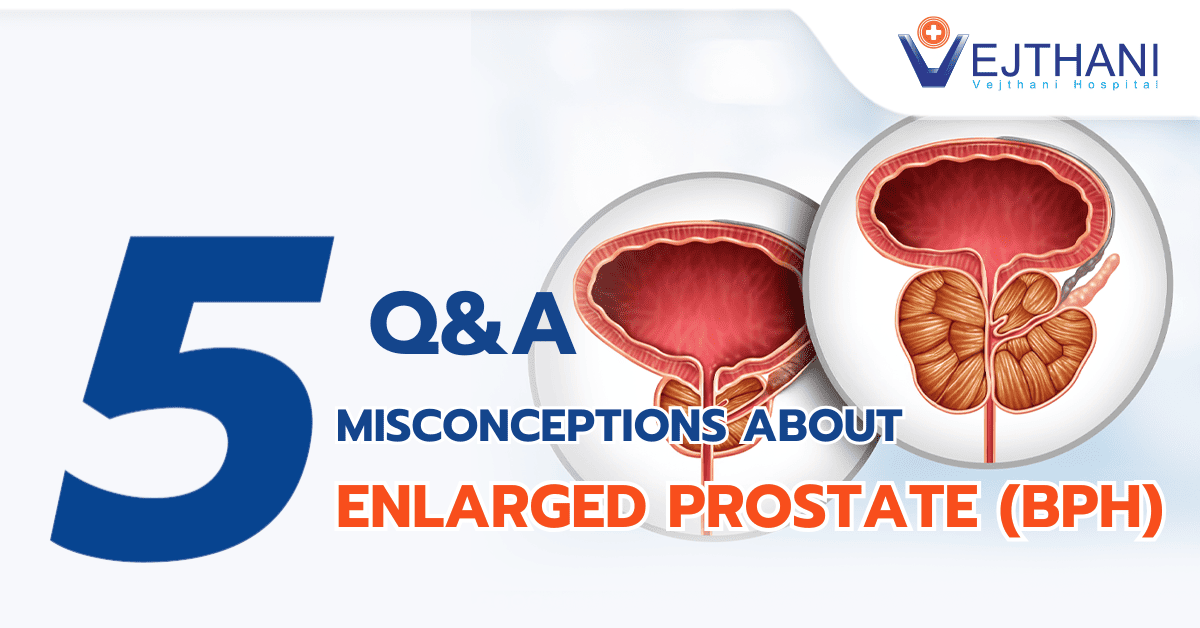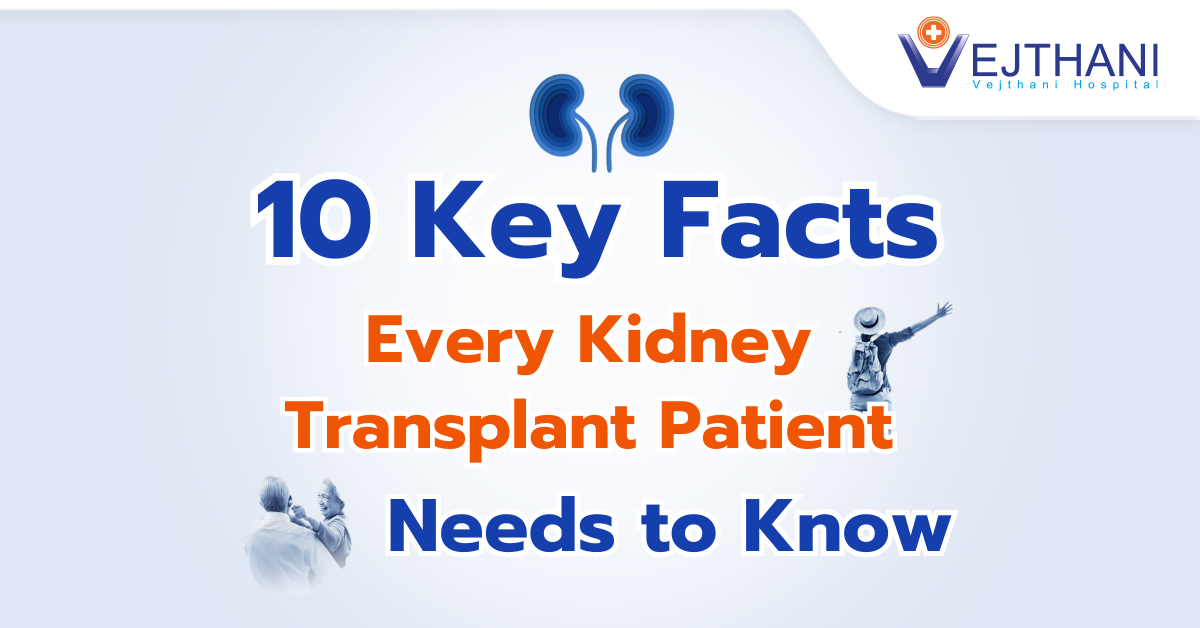
Life support
Overview
Life support encompasses a range of medical procedures aimed at sustaining life until the patient’s body can function independently. These interventions include CPR, tube feeding, dialysis, and mechanical ventilation to assist or replace failing organs. It’s crucial to gather comprehensive information to make informed decisions about the type of life support needed. It’s important to recognize that choosing life support involves weighing both benefits and drawbacks for the patient or loved ones. While life support doesn’t signify death, there are cases where the body may not regain function without ongoing support. Decisions regarding whether to start, decline, or discontinue life support are deeply personal, requiring careful consideration of medical, ethical, and emotional factors.
Types
There are various types of life support interventions available.
- Automated external defibrillator
- Cardiopulmonary resuscitation
- Extracorporeal membrane oxygenation
- Kidney dialysis
- Mechanical ventilation
- Tube feeding
Reasons for undergoing the procedure
Many people associate life support with devices like ventilators. However, life support encompasses any medical procedure that sustains bodily functions.
- Automated external defibrillator: A portable medical device called an automated external defibrillator (AED) is used to treat certain types of cardiac arrest. When the heart’s rhythm stops being useful for pumping blood, cardiac arrest occurs. The heart’s rhythm is examined by the AED to see whether it is beating too rapidly or erratically. In order to assist in reestablishing a normal cardiac rhythm, the AED can, if necessary, shock a person with electricity.
- Cardiopulmonary resuscitation: Cardiopulmonary resuscitation (CPR) involves a series of procedures performed when breathing or heart function ceases. Its primary goals are to sustain body functions and revive the heart and lungs through techniques like chest compressions, defibrillation (electric shocks), and medication administration. CPR is highly effective when swiftly administered after sudden incidents such as heart attacks or drownings, potentially saving lives. However, its success rate significantly diminishes for patients with terminal illnesses in advanced stages. Those who are seriously ill and undergo CPR often have limited chances of full recovery and discharge from the hospital.
- Extracorporeal membrane oxygenation (ECMO): This life-support function is similar to mechanical ventilation, but with a significant distinction. While ventilators can only push air into your lungs, they cannot directly oxygenate your blood or remove carbon dioxide from it. ECMO, on the other hand, can directly exchange oxygen and carbon dioxide outside of your lungs, effectively performing these functions in place of your respiratory system.
The ECMO procedure includes pumping blood out of your body constantly, removing carbon dioxide and oxygenating the blood using a series of devices, and then putting the oxygenated blood back into your body. - Kidney dialysis: Dialysis is used to replace kidneys that are damaged or incapable of functioning. In order to return the blood to a normal and healthy balance, this procedure uses a specialized machine to filter out harmful waste and extra fluid.
Dialysis does not address the underlying function of your kidneys and is not a cure for kidney failure. Kidney failure will not go away if dialysis is stopped and your kidneys are not functioning. For life to continue, at least one kidney must work.
For many individuals, the improvement in quality of life from dialysis outweighs the burdens associated with the treatment. However, for some, especially those with a terminal condition alongside kidney failure, the burdens of dialysis may outweigh its benefits. - Mechanical ventilation: Lung function can be supported or replaced with mechanical ventilation. It involves a breathing apparatus that supplies air to the lungs, called a ventilator or respirator. The ventilator is linked to a tube inserted through your mouth or nose and into your airway (trachea), a procedure known as intubation.
When there is irreversible respiratory failure, mechanical ventilation is frequently used for prolonged periods of time in addition to helping with transient respiratory difficulties.
Mechanical ventilation may not do anything more than delay death in a person who is close to the end of their life until another bodily system fails. It doesn’t treat the underlying condition, even though it can support breathing by giving air. - Tube feeding: Tube feeding, another name for artificial nutrition and hydration, is a complementary or replacement for normal oral food and fluid intake. With this method, a tube that is either put into the stomach through the nose or straight into the stomach itself administers a precisely calibrated combination of nutrients and fluids. In situations where the gastrointestinal tract’s normal function is impaired, nutrition may be administered intravenously, a method referred to as total parenteral nutrition (TPN).
Tube feeding can be crucial for supporting the body’s healing process and is often essential in cases of irreversible and end-stage conditions. However, it’s important to recognize that long-term tube feeding usually does not change the course of the disease or improve overall quality of life.
Procedure
When your condition calls for life support, your healthcare providers will start it right away. If you specifically ask not to get life support, they will honor your desire and not initiate it. In addition, healthcare staff will respect your wishes if you have officially recorded in writing that you no longer want treatment, or if your family decides to withdraw life support on your behalf. These considerations guarantee that the medical care you receive is consistent with your values and interests.
Life support has no inherent medical benefits when it is started. While certain treatments can improve quality of life, ease suffering, or restore function, they may also become burdensome if they increase pain or delay the process of dying. Because of this, the decision to refuse life support is very personal and is affected by your own values, interests, and the possible results of the therapy.
Being on life support can extend for a significant duration, and your healthcare providers will communicate whether continuing is beneficial. In some cases, treatments like dialysis and tube feeding may be recommended despite potential limitations in full recovery, as there remains a chance for meaningful improvement. However, there are instances where healthcare providers may suggest discontinuing life support if chances of significant recovery are minimal. These decisions are made based on individual circumstances and the potential outcomes of continued treatment.
Ending treatment is a deeply personal decision and is both legally and ethically acceptable when medical interventions no longer provide benefit. It’s important to understand that stopping treatment does not cause death; rather, it is the underlying disease that ultimately leads to the outcome. This understanding can provide comfort and clarity to you and your loved ones during this difficult decision-making process.
Outcome
Life support serves as vital assistance during medical emergencies or prolonged illnesses, providing crucial support until the body can regain normal function. However, in some cases, life support may prolong the dying process. It’s crucial to engage in open discussions with healthcare providers and family members to fully understand your options. Decisions about initiating, declining, or discontinuing life support are deeply personal and require careful consideration
Contact Information
service@vejthani.com






















